When it comes to bathroom upgrades, LED mirrors are a popular choice. They offer a sleek design and practical functionality.
But, are LED mirrors expensive to run? This is a common question among homeowners and interior designers.
The short answer is no. LED mirrors are known for their energy efficiency. They consume significantly less power than traditional lighting solutions.
This article will delve into the specifics of LED mirror energy consumption. We'll explore how these modern fixtures can save you money in the long run.
We'll also provide tips on choosing the best LED mirror for bathroom. These insights will help you make an informed decision.
Stay tuned to learn more about the cost-effectiveness of LED mirrors. You might be surprised at the potential savings.
Understanding LED Mirror Energy Consumption
LED mirrors use light-emitting diodes (LEDs) for illumination. These tiny semiconductors emit light when an electric current passes through them.
Compared to incandescent bulbs, LEDs are far more energy-efficient. They use about 75% less energy. This means lower electricity bills for you.
Moreover, LEDs have a longer lifespan. They can last up to 25,000 hours or more. This longevity reduces the need for frequent replacements.
In essence, the energy consumption of LED mirrors is relatively low. This makes them a cost-effective choice for bathroom lighting.
The Cost-Effectiveness of LED Mirrors
LED mirrors are not just about style and elegance. They are also about cost-effectiveness.
The initial cost of an LED mirror may be higher than a traditional mirror. However, the long-term savings make up for this.
The low energy consumption of LED mirrors translates to lower electricity bills. Over time, these savings can be significant.
Moreover, LED mirrors require minimal maintenance. The LED lights rarely need replacement due to their long lifespan.
Also, some LED mirrors come with Energy Star ratings. These mirrors offer additional savings and assurance of efficiency.
In conclusion, LED mirrors are a cost-effective choice for bathroom lighting. They offer long-term savings in energy costs and maintenance.
How LED Mirrors Save You Money

LED mirrors save money in several ways. First, they consume less energy than traditional lighting solutions.
The average LED bulb uses about 75% less energy than an incandescent bulb. This means lower energy bills for you.
Second, LED lights have a significantly longer lifespan. They can last up to 25,000 hours or more. This reduces the need for frequent bulb replacements.
Lastly, LED mirrors often come with additional features. These include dimmable options and color temperature settings. These features allow you to adjust the lighting to your needs, further saving energy.
Best LED Mirrors for Bathroom Efficiency
When it comes to bathroom efficiency, LED mirrors are a top choice. They provide consistent lighting, ideal for tasks such as makeup application or shaving.
Moreover, some LED mirrors come with additional features. These include anti-fog technology, touch sensors, and Bluetooth speakers. These features add to the functionality and convenience of the mirror.
When shopping for the best LED mirrors for bathrooms, consider the lumens. Lumens measure light output, while watts measure energy used. A higher lumen count means brighter light.
Here are some top-rated LED mirrors for bathroom efficiency:
- Mirror A: Known for its high lumen output and energy-saving features.
- Mirror B: Offers a sleek design with adjustable color temperature settings.
- Mirror C: Comes with anti-fog technology and a touch sensor for easy control.
Choosing the right LED mirror can significantly enhance your bathroom experience while saving energy.
Features That Affect LED Mirror Energy Use
Several features can affect the energy use of LED mirrors. One of these is the color temperature of the LED lights. Warm white lights (around 3000K) create a cozy ambiance, while cool white lights (around 5000K) give a crisp, bright feel.
Another feature is the use of dimmable options. These allow you to adjust the brightness of the mirror, thus controlling the energy consumption.
Some LED mirrors also come with motion sensors or timers. These features can further reduce energy consumption by turning off the lights when not in use.
Lastly, the size and design of the mirror can also influence energy use. Larger mirrors with more LED lights will consume more energy. However, the energy efficiency of LED lights still makes them a cost-effective choice.
Comparing LED Mirrors to Traditional Lighting Solutions
When compared to traditional lighting solutions, LED mirrors stand out for their energy efficiency. The average LED bulb uses about 75% less energy than an incandescent bulb. This translates to significant savings on electricity bills.
In addition to being energy-efficient, LED lights have a longer lifespan. They can last up to 25,000 hours or more, reducing the need for frequent replacements.
Unlike traditional bulbs, LED lights do not contain toxic elements like mercury. This makes them an environmentally friendly choice.
Lastly, LED lighting is less likely to attract insects, a benefit for bathroom hygiene and comfort.
Tips for Choosing Energy-Efficient LED Mirrors
When shopping for the best LED mirrors for bathrooms, it's important to consider a few key factors. First, look at the lumens, which is the light output, rather than watts, which is the energy used.
Second, consider the color temperature of the LED lights. Warm white (around 3000K) creates a cozy ambiance, while cool white (around 5000K) gives a crisp, clean look.
Third, check for additional features such as dimmable options and color temperature settings. These can help you customize your lighting to your needs and preferences.
Here are some tips to keep in mind:
- Look for Energy Star-rated LED mirrors for additional savings and assurance of efficiency.
- Consider the IP rating of the LED mirror to ensure it is safe for wet environments.
- Check for warranties or guarantees to protect your investment.
- Compare the lumens per watt ratio to determine the most energy-efficient models.
- Consider models with motion sensors or timers to further reduce energy consumption.
Installation and Maintenance: Maximizing LED Mirror Efficiency
Installing an LED mirror is often a straightforward process. Many homeowners find it to be a manageable DIY project. However, proper installation is crucial to ensure the longevity and performance of the mirror.
Once installed, maintenance of LED mirrors is minimal. Regular cleaning with appropriate materials is usually all that's required. This ease of maintenance adds to the cost-effectiveness of LED mirrors.
It's also important to note that proper sealing and waterproofing are essential for LED mirrors in bathrooms. This helps to protect the mirror and its components from moisture damage.
Lastly, if you encounter issues such as flickering or dimming, troubleshooting guides are often available from the manufacturer or online resources. These can help you resolve common problems and keep your LED mirror functioning optimally.
Final Thought: The Bright Choice for Your Bathroom
In conclusion, LED mirrors are a cost-effective and energy-efficient choice for bathroom lighting. They offer numerous benefits, from long lifespan to enhanced visual comfort, making them a smart investment for any homeowner.
So, if you're considering a bathroom upgrade, LED mirrors are indeed the bright choice. They provide style, functionality, and significant energy savings, proving they are not expensive to run.


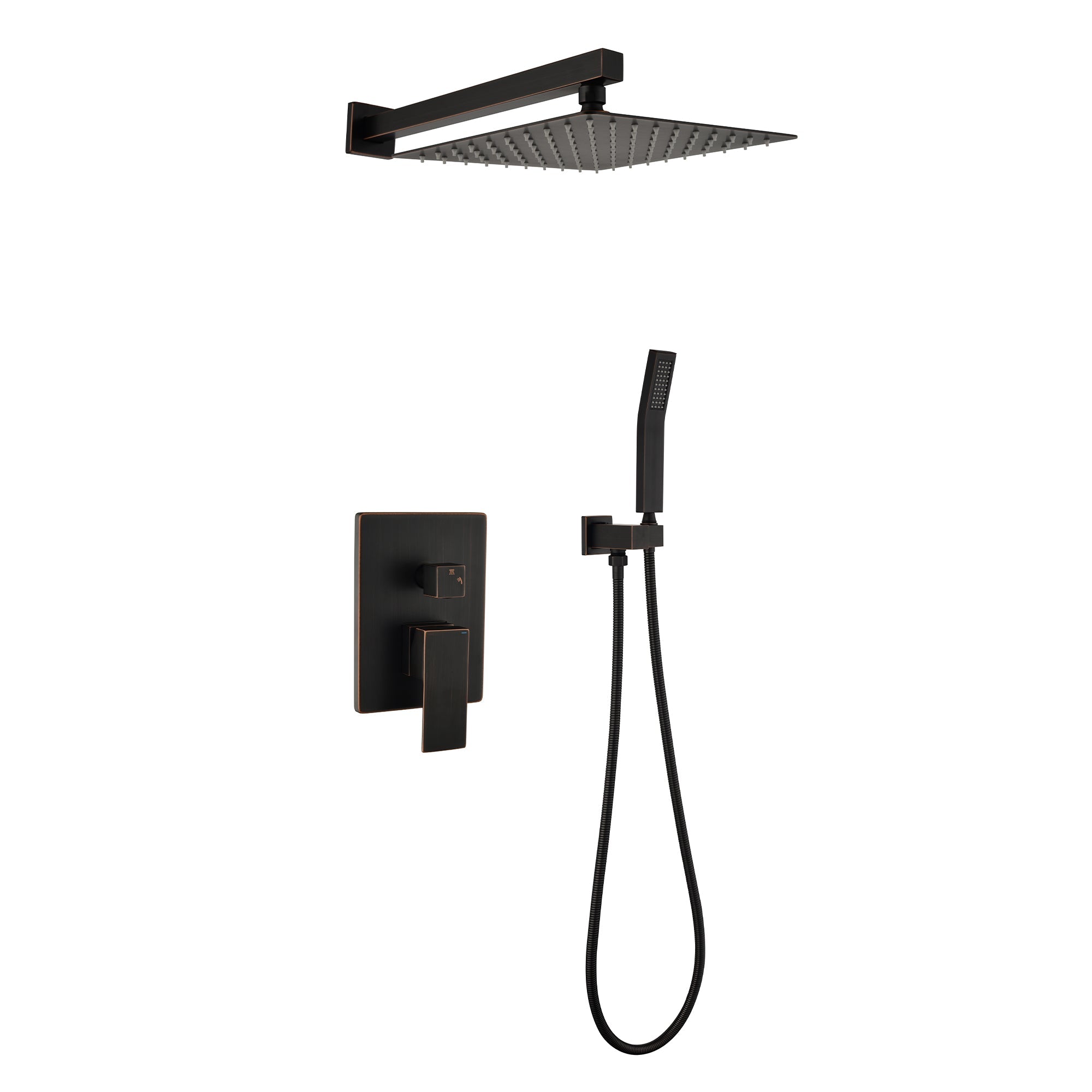



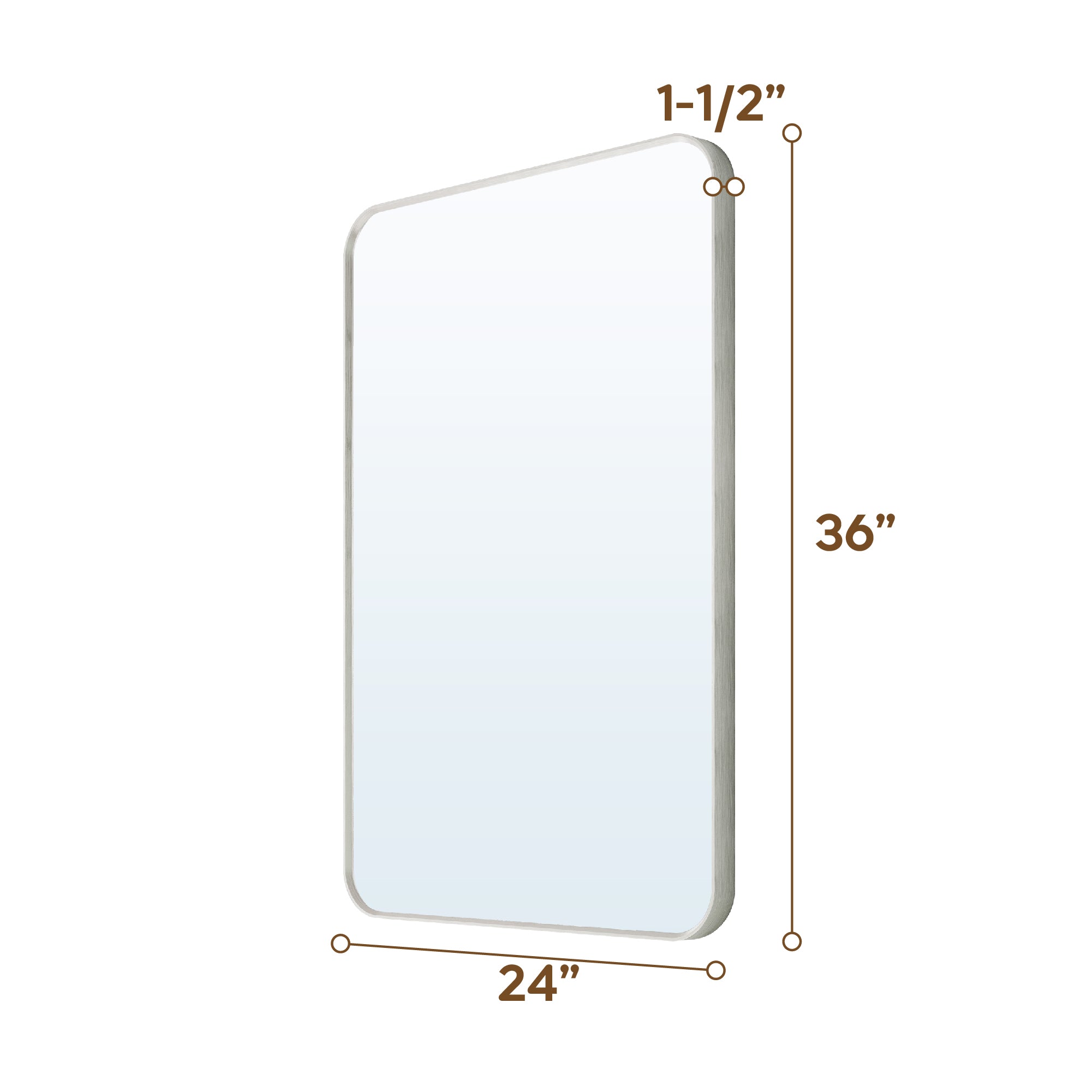
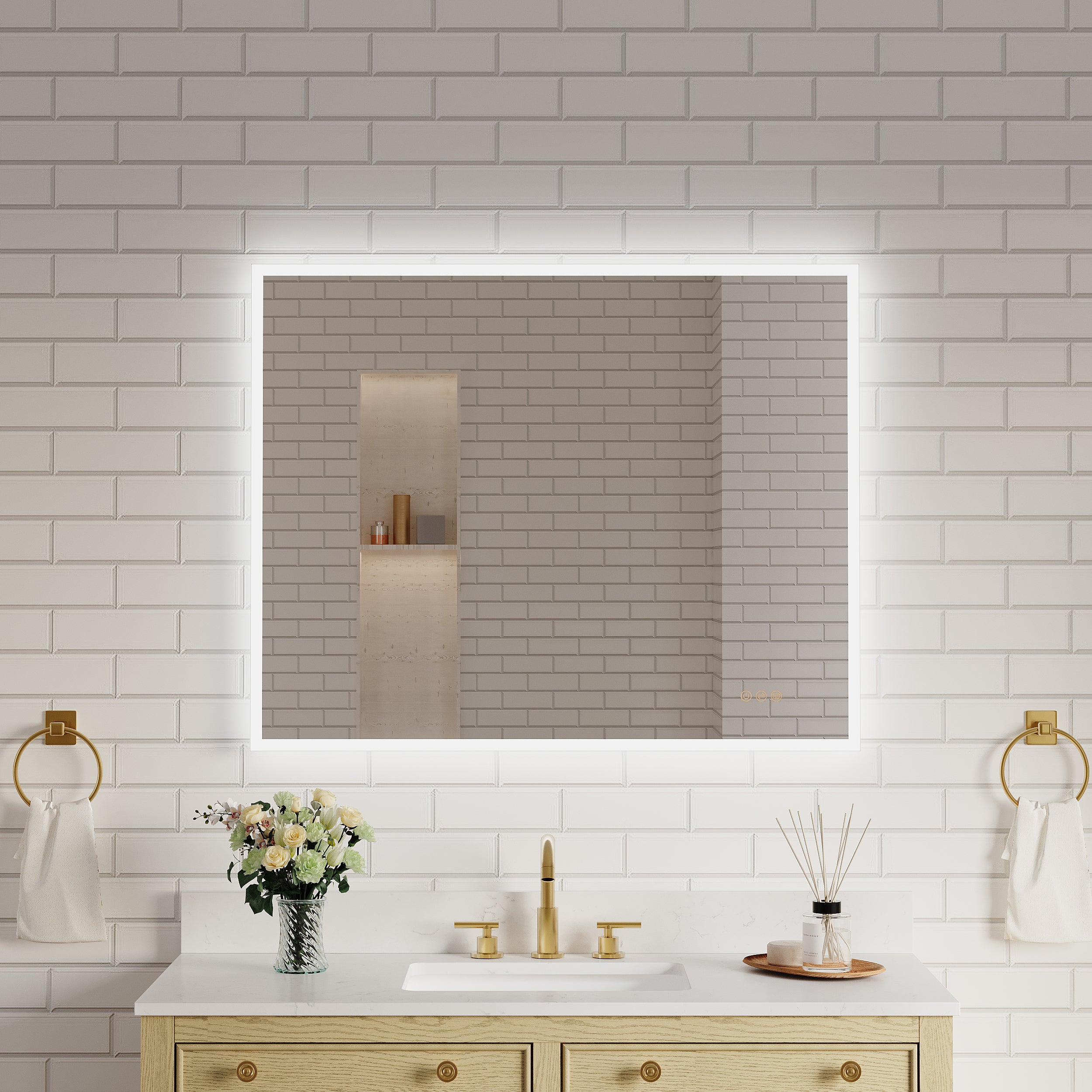
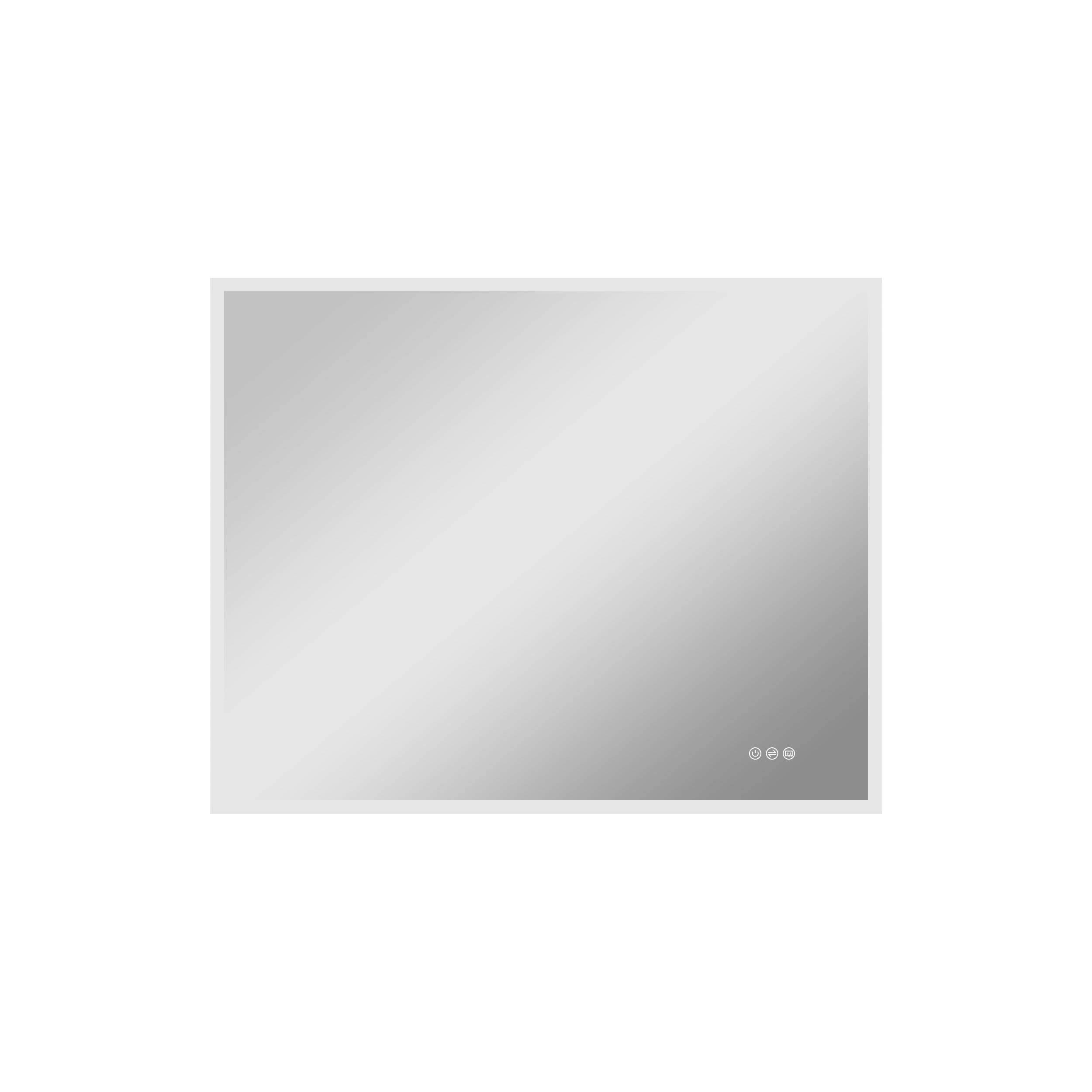
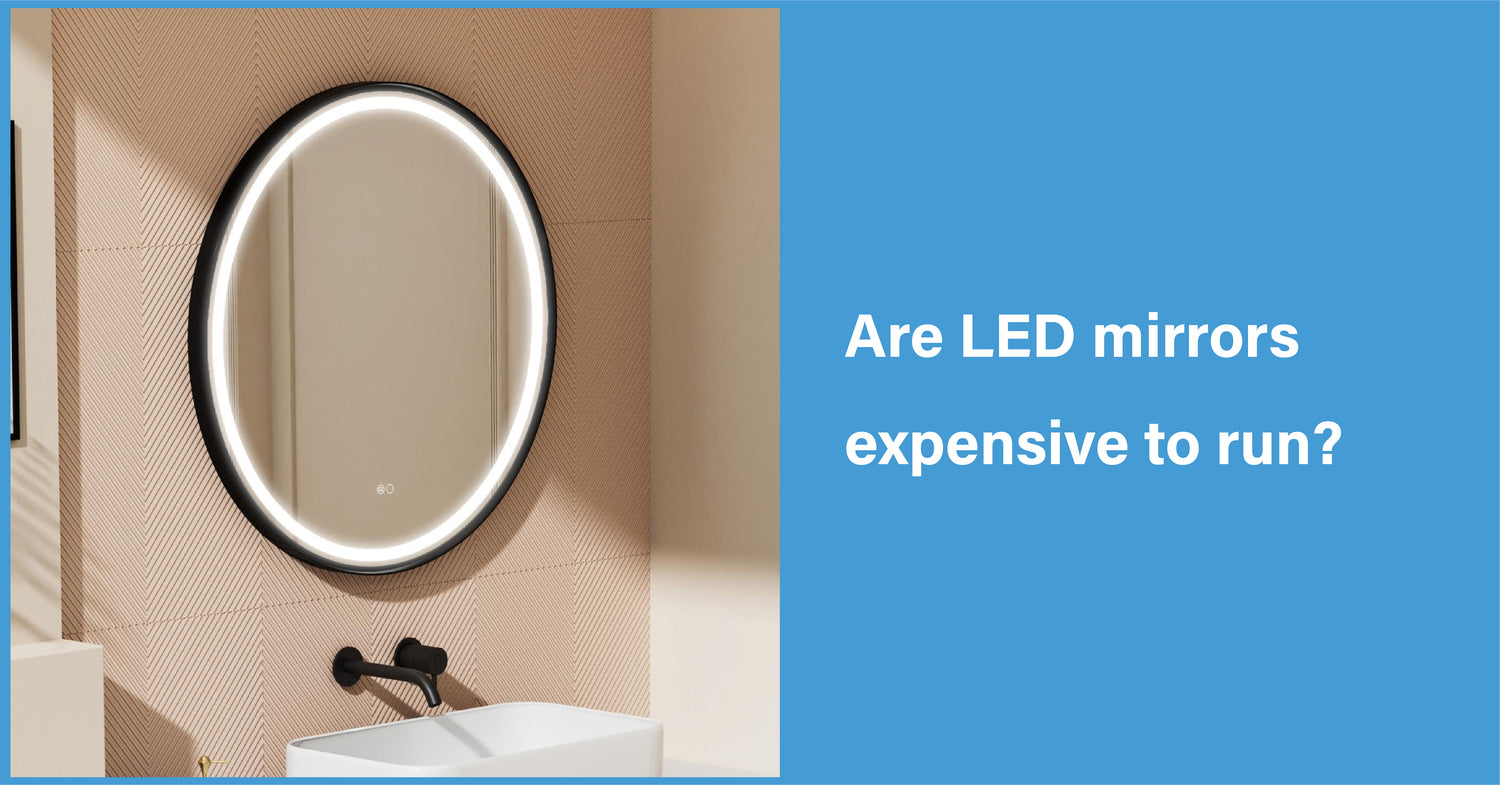
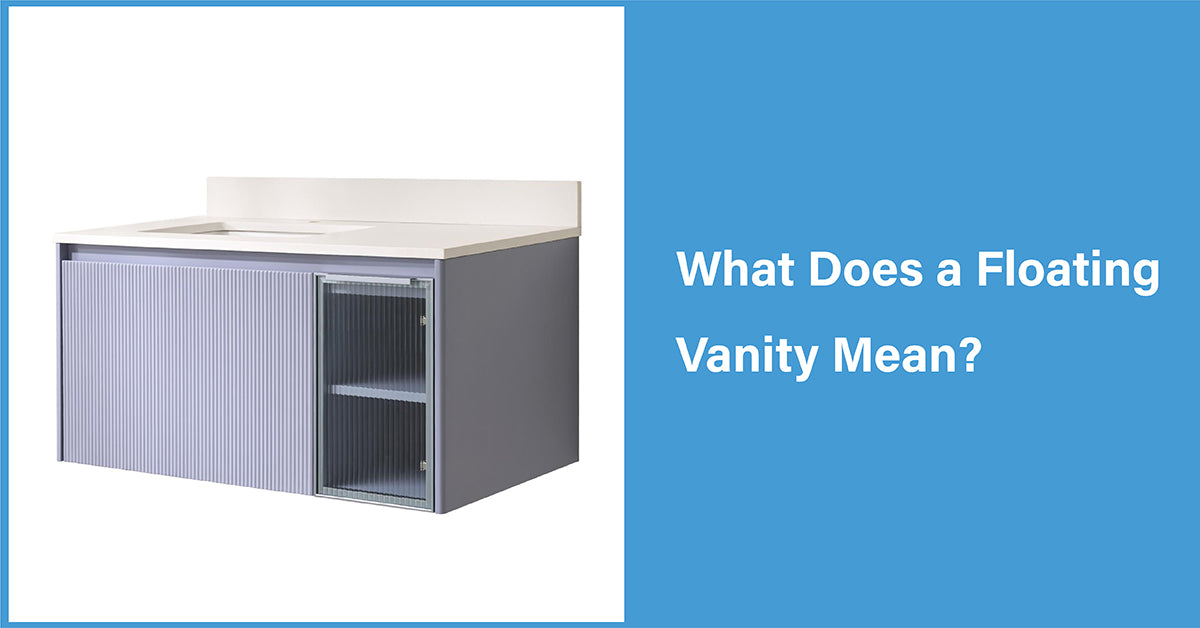
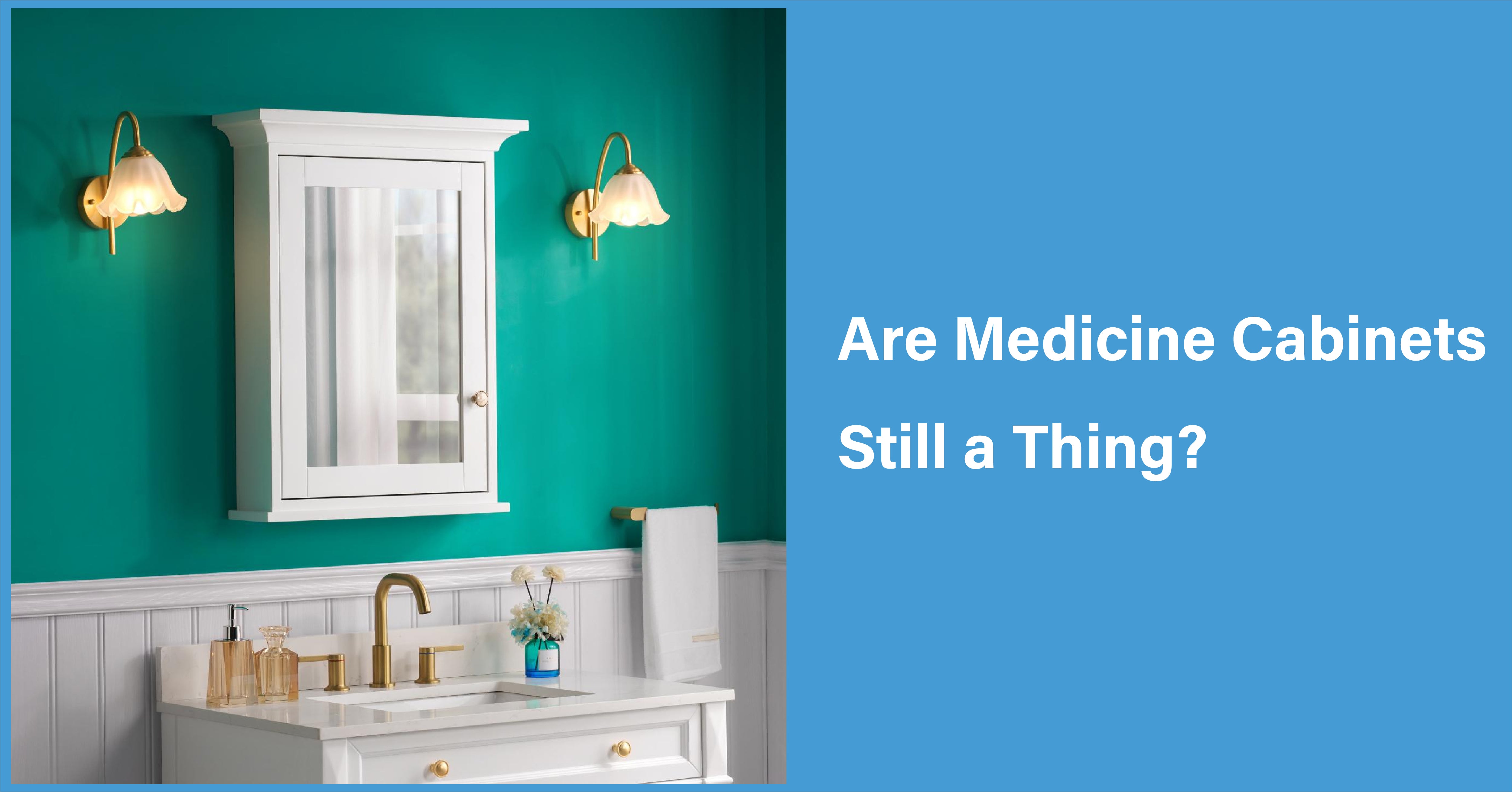

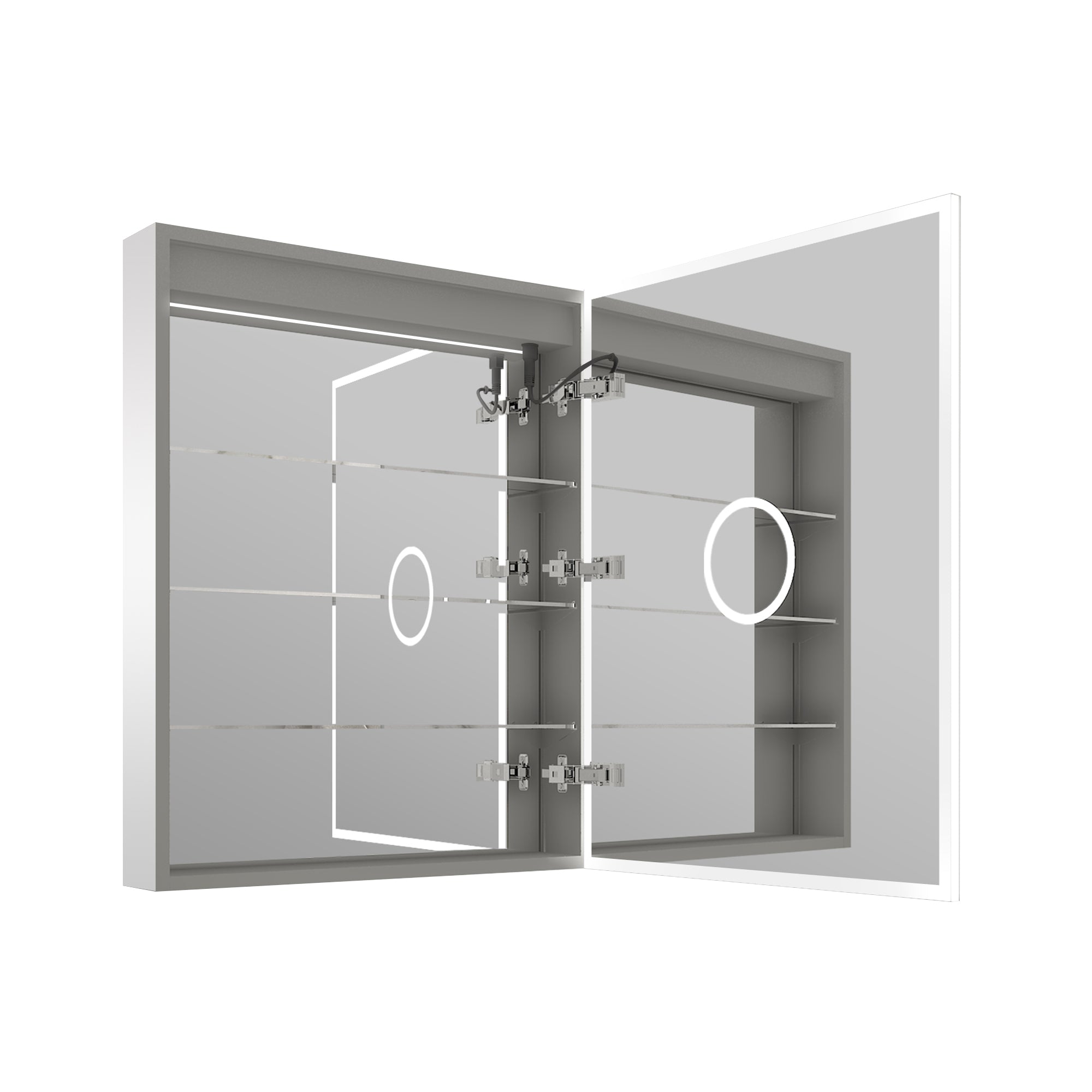
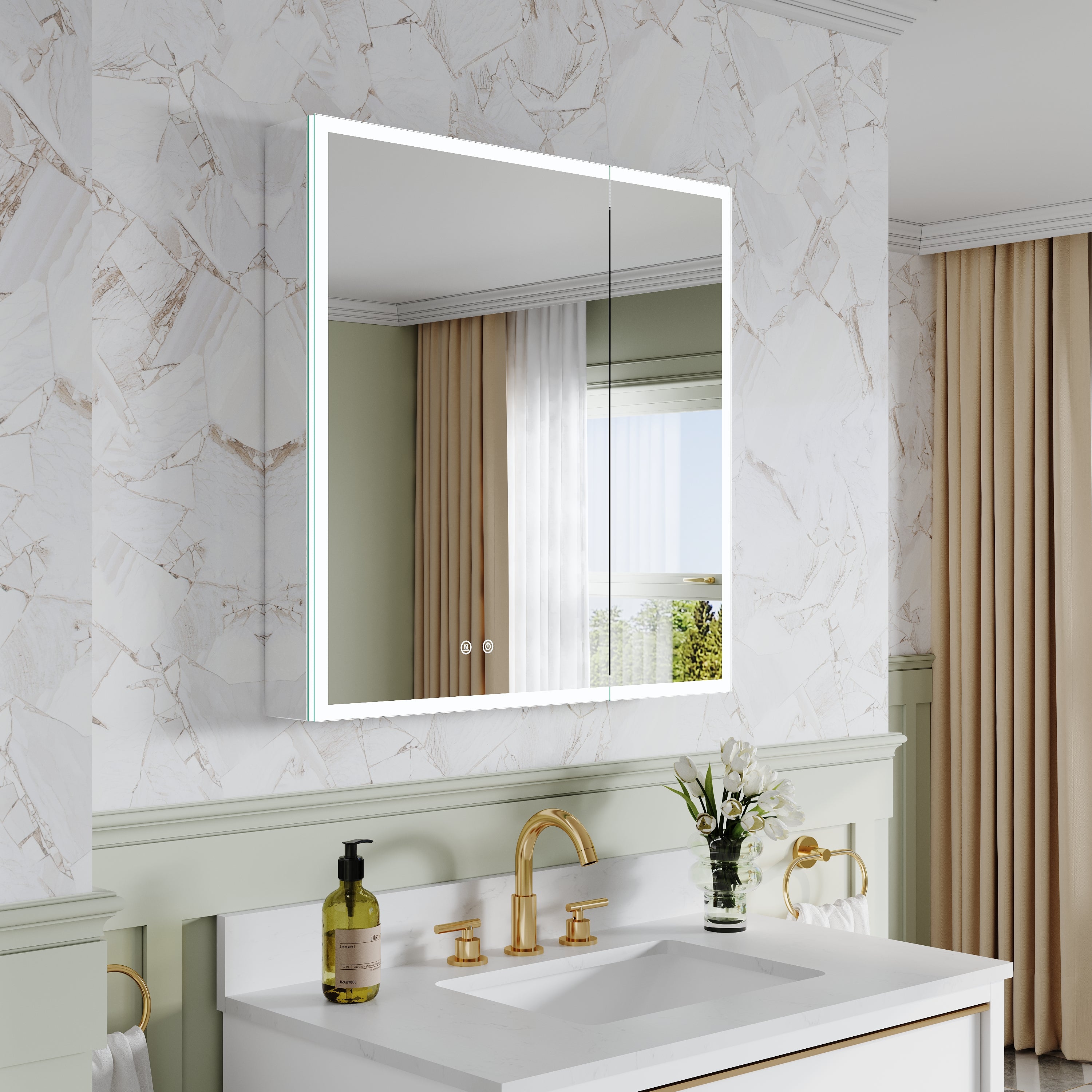



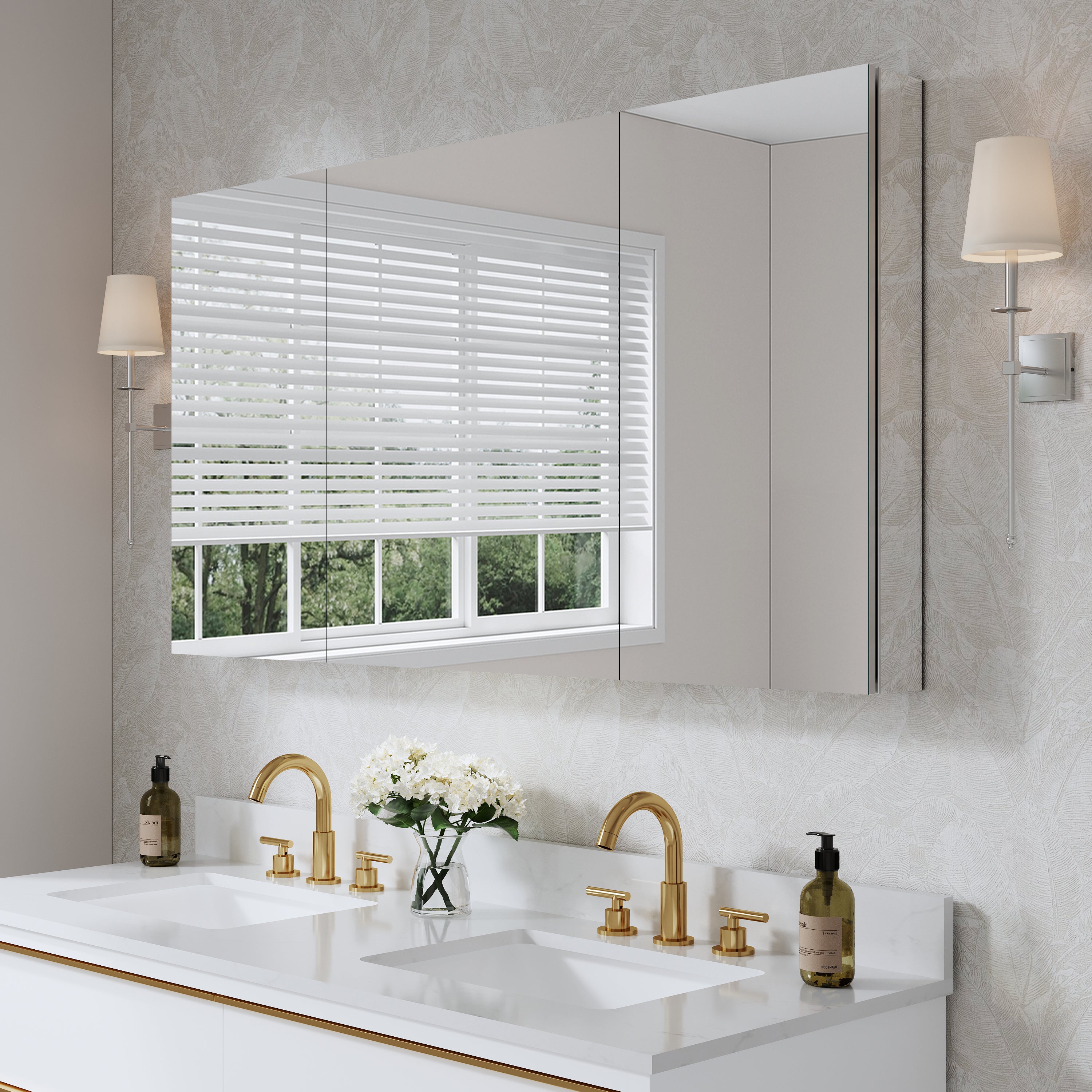



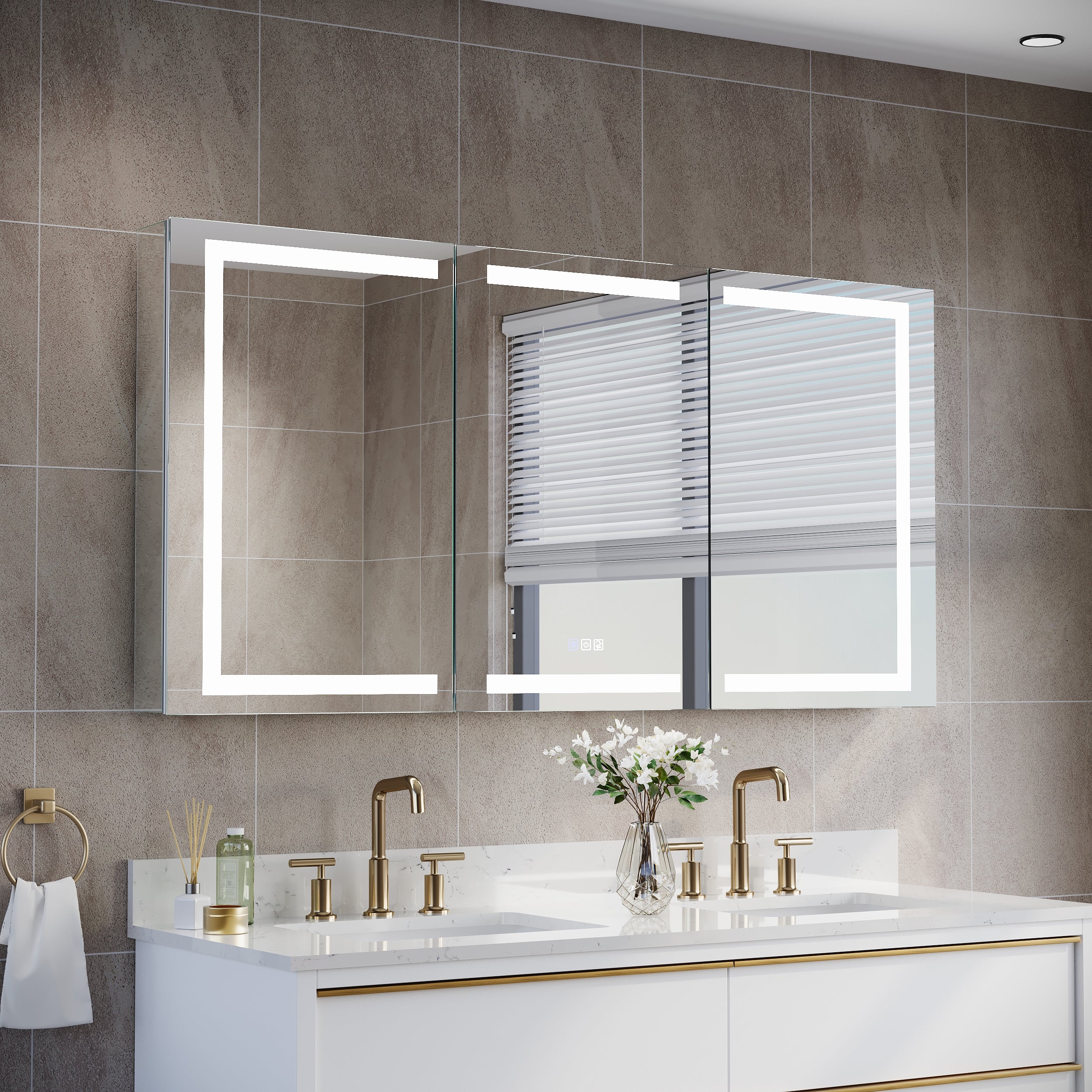



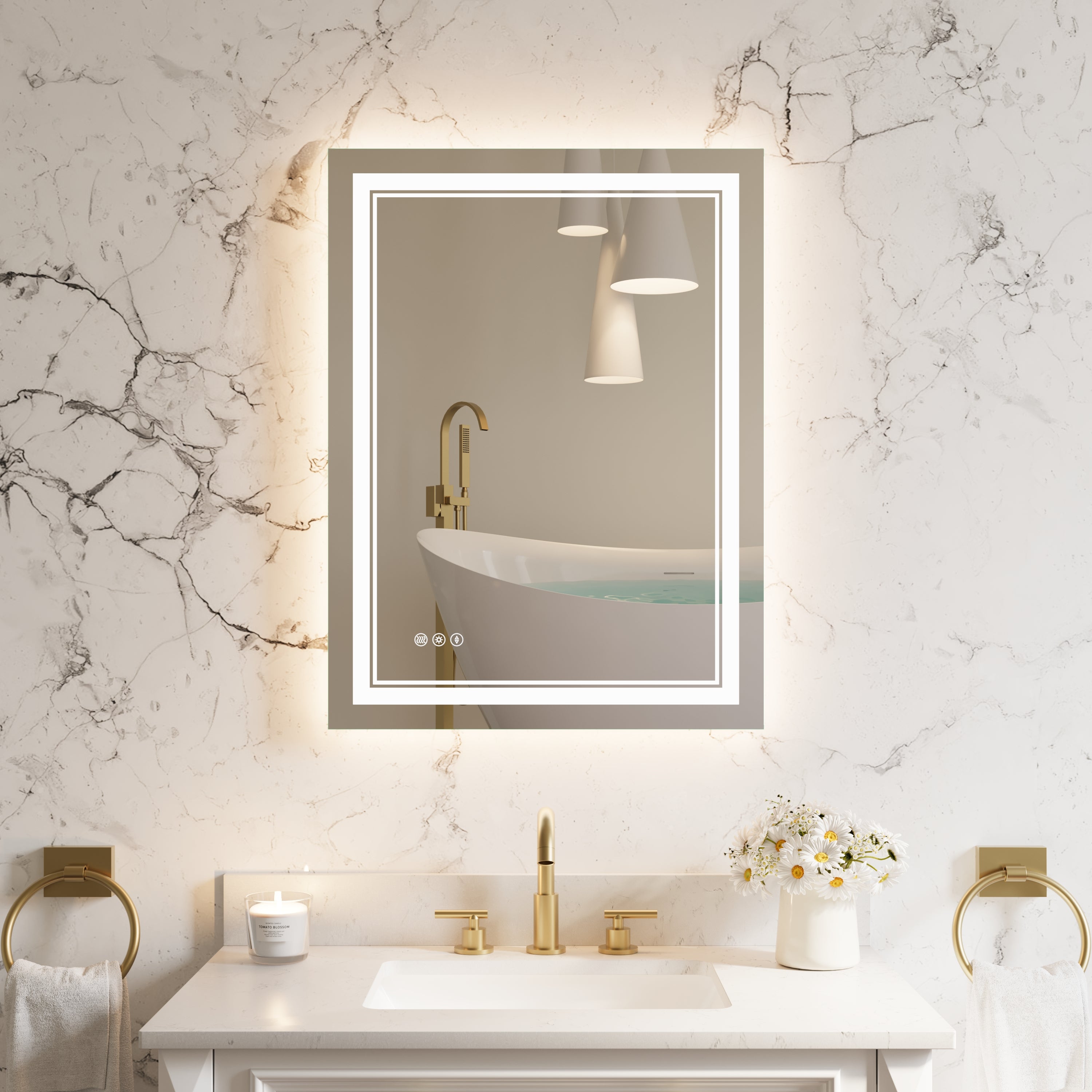








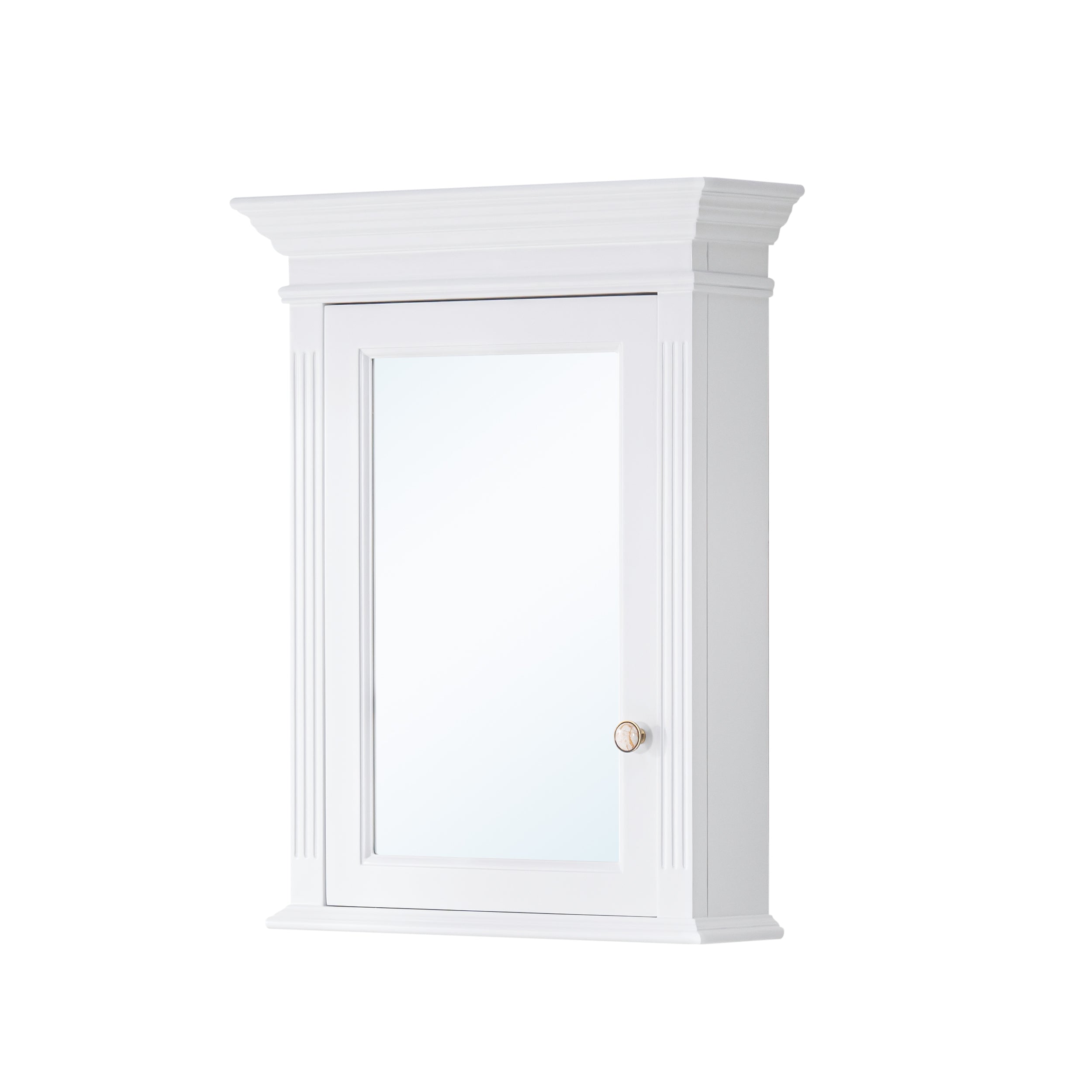
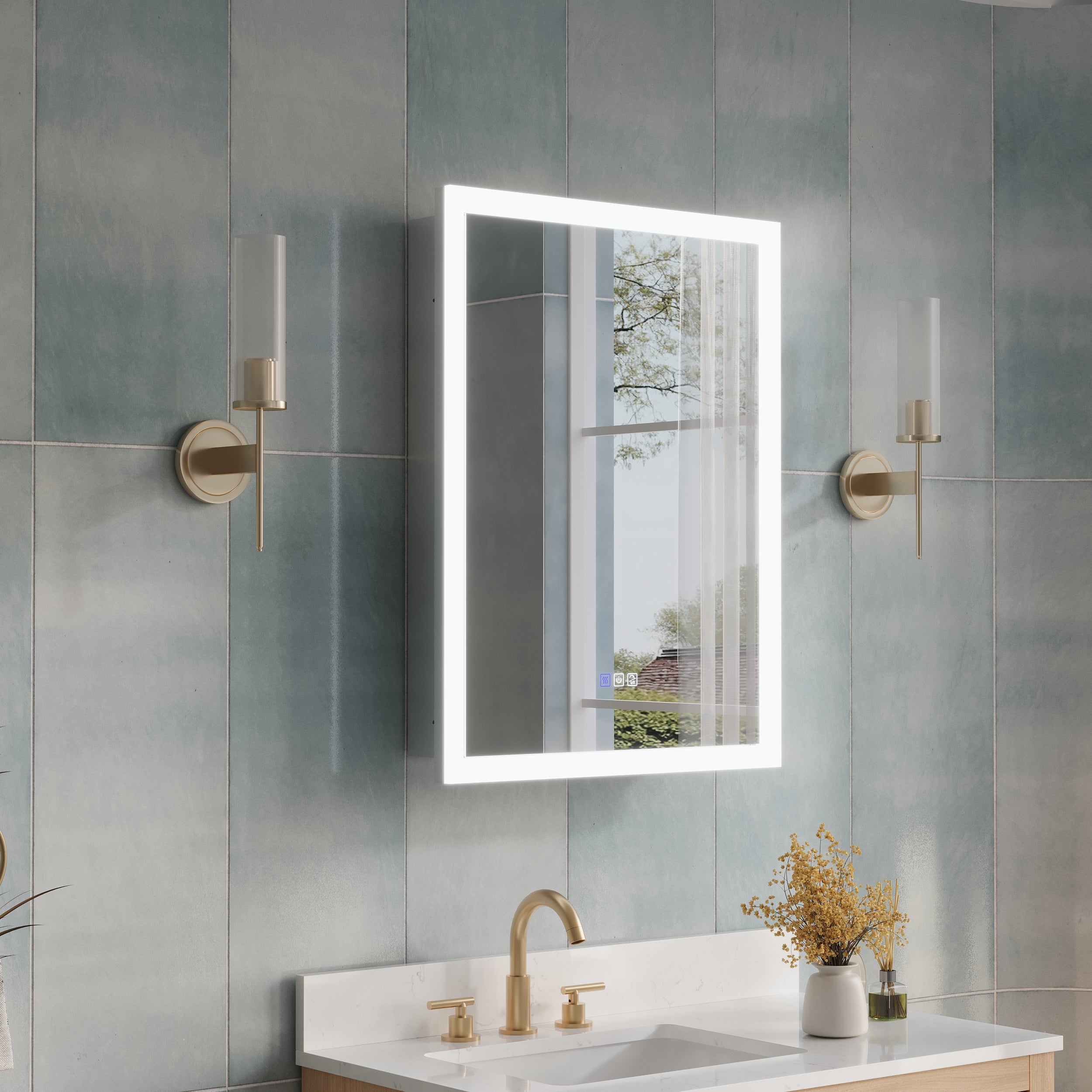
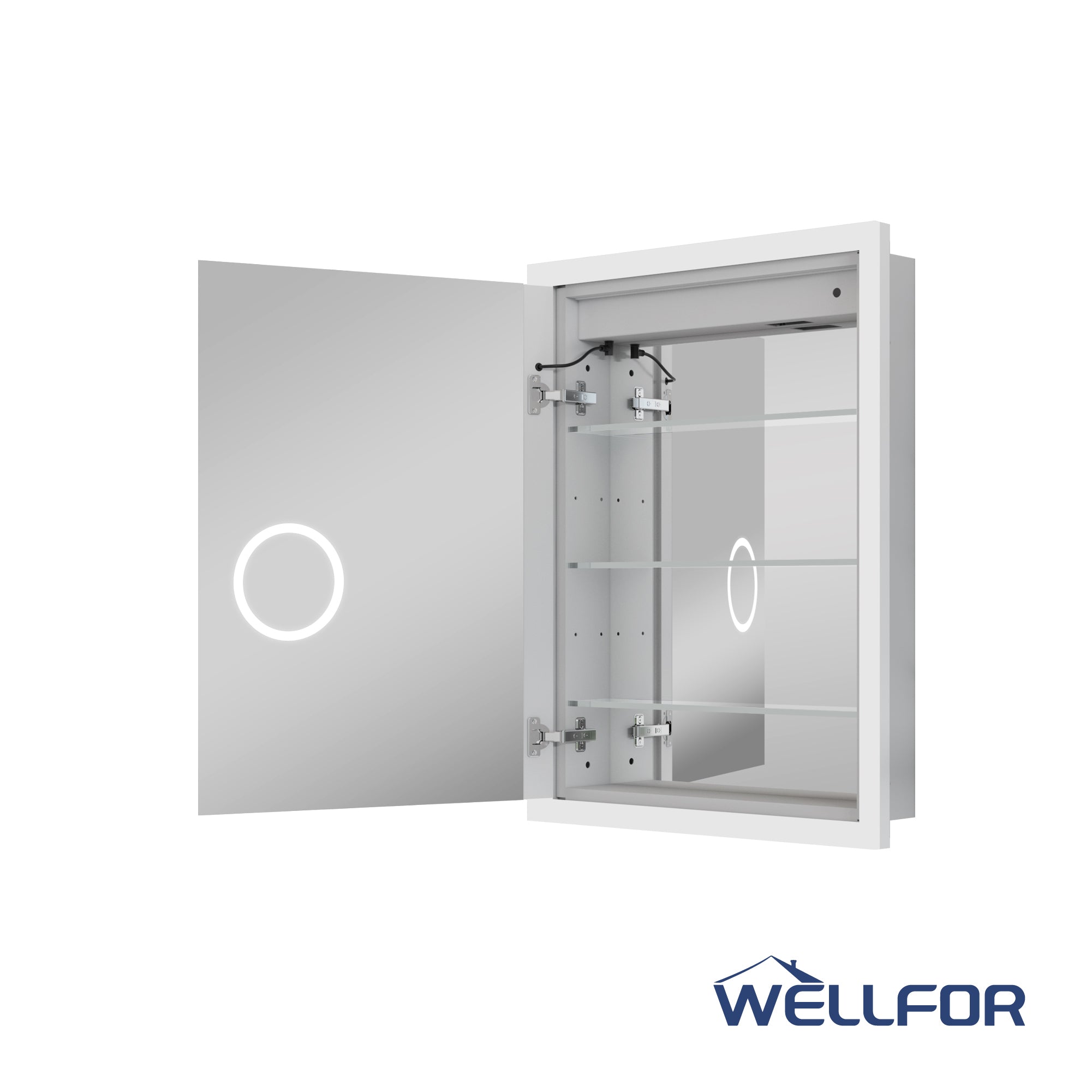
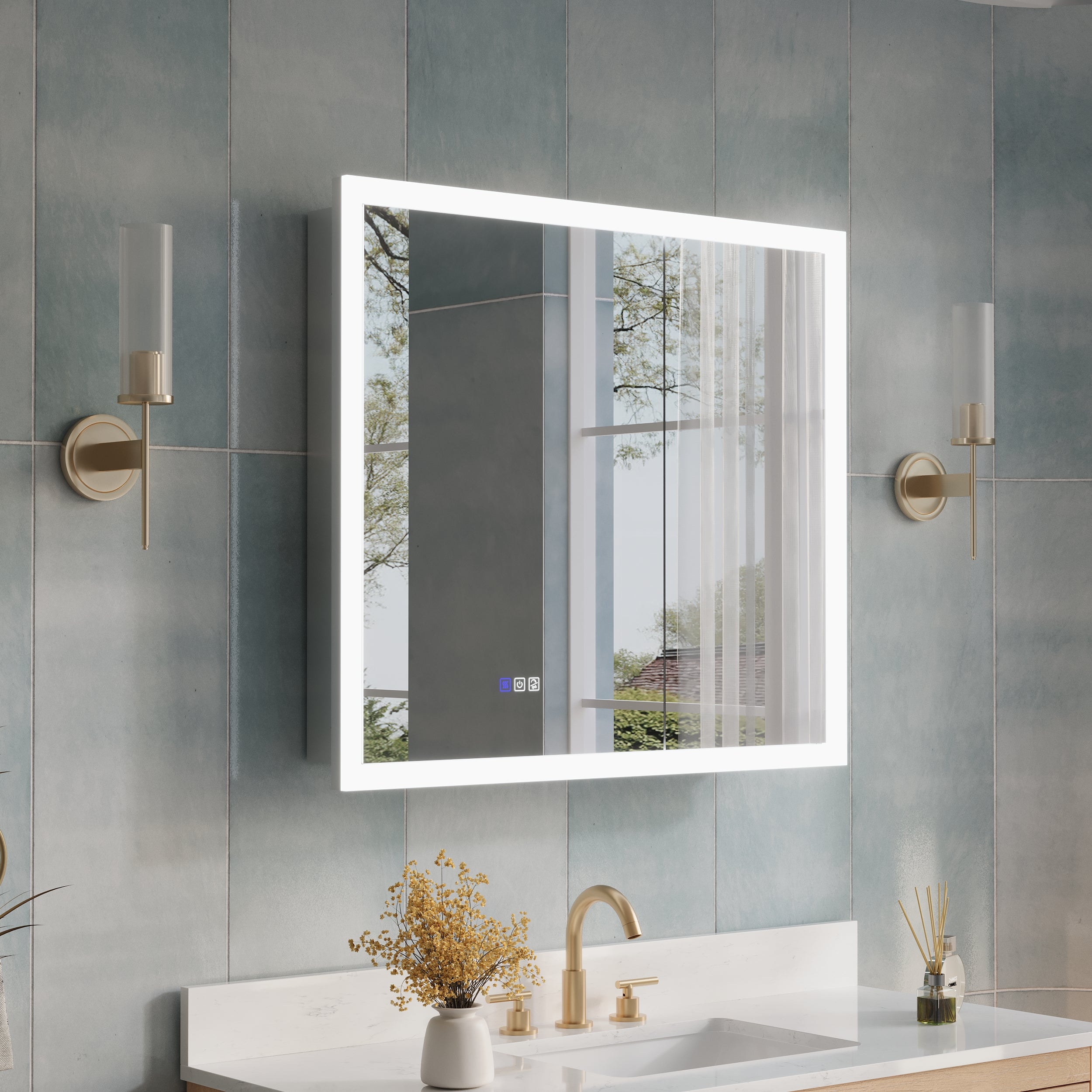
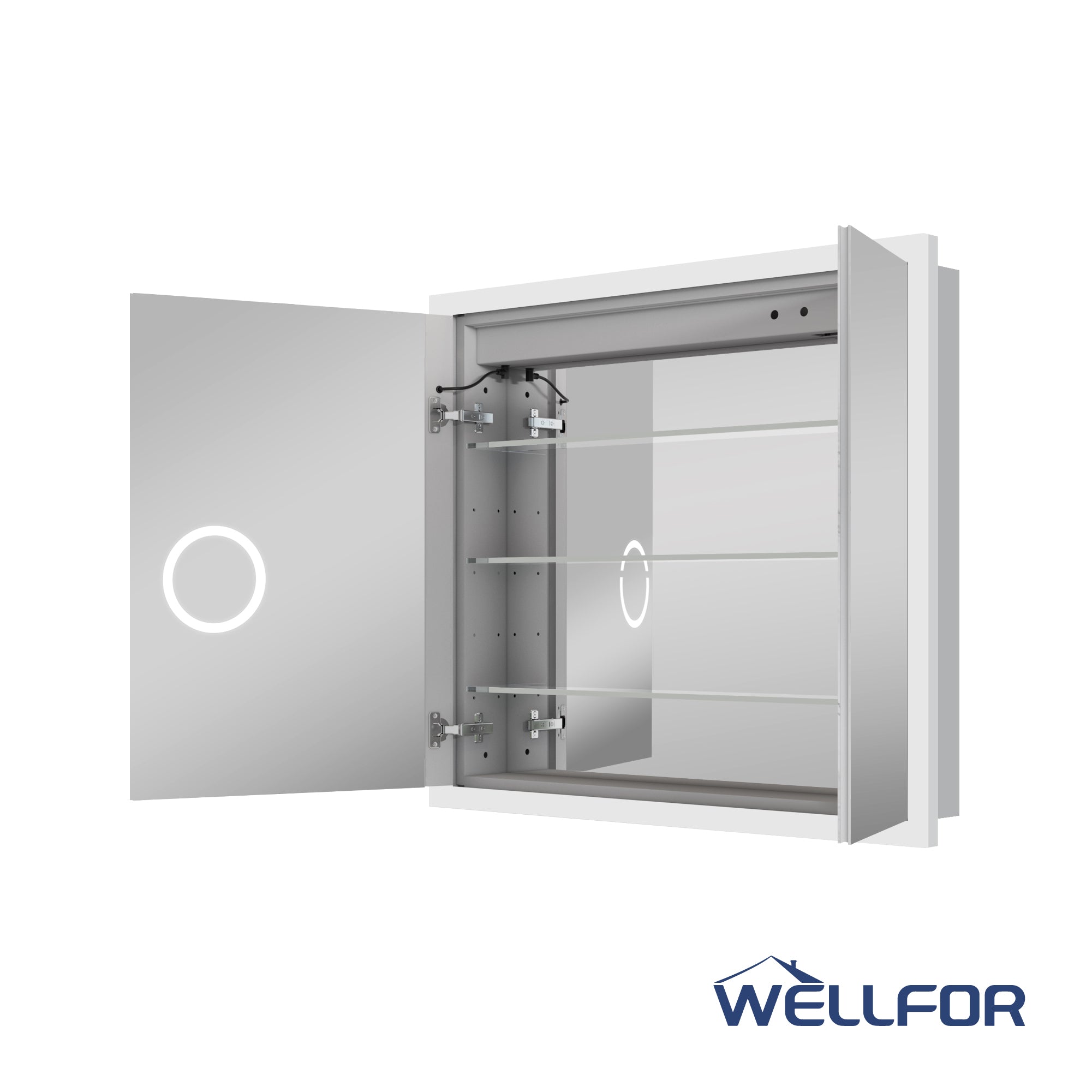


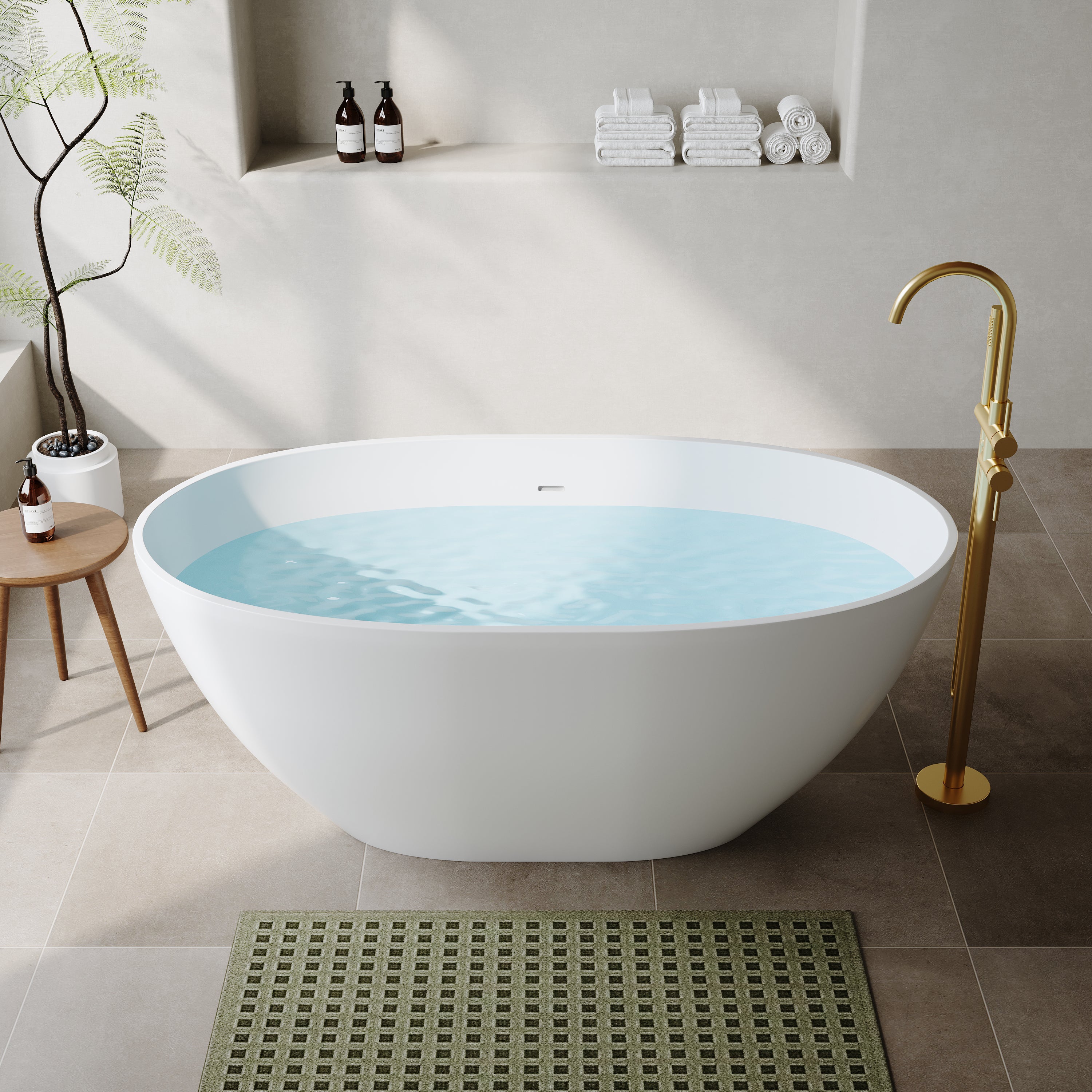


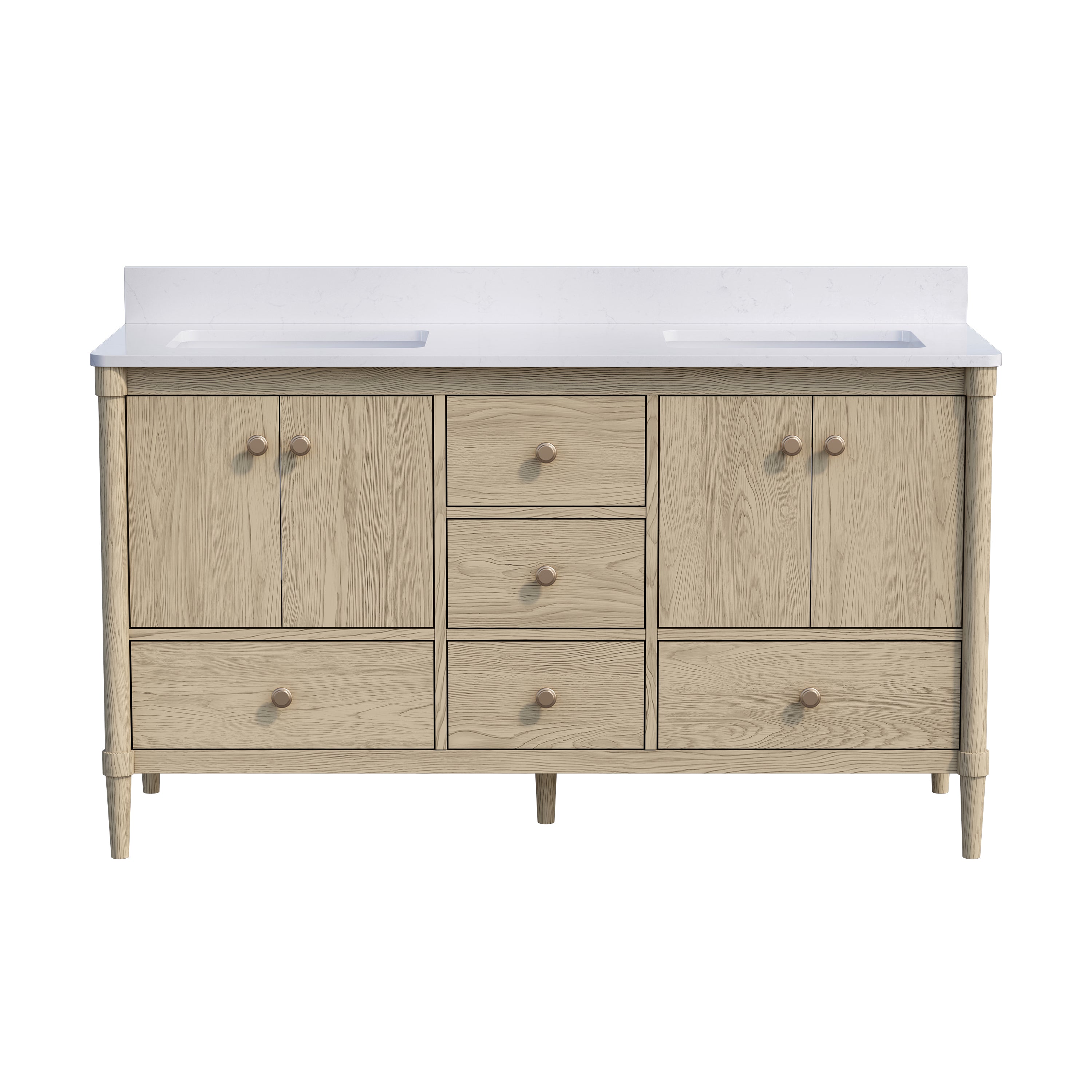
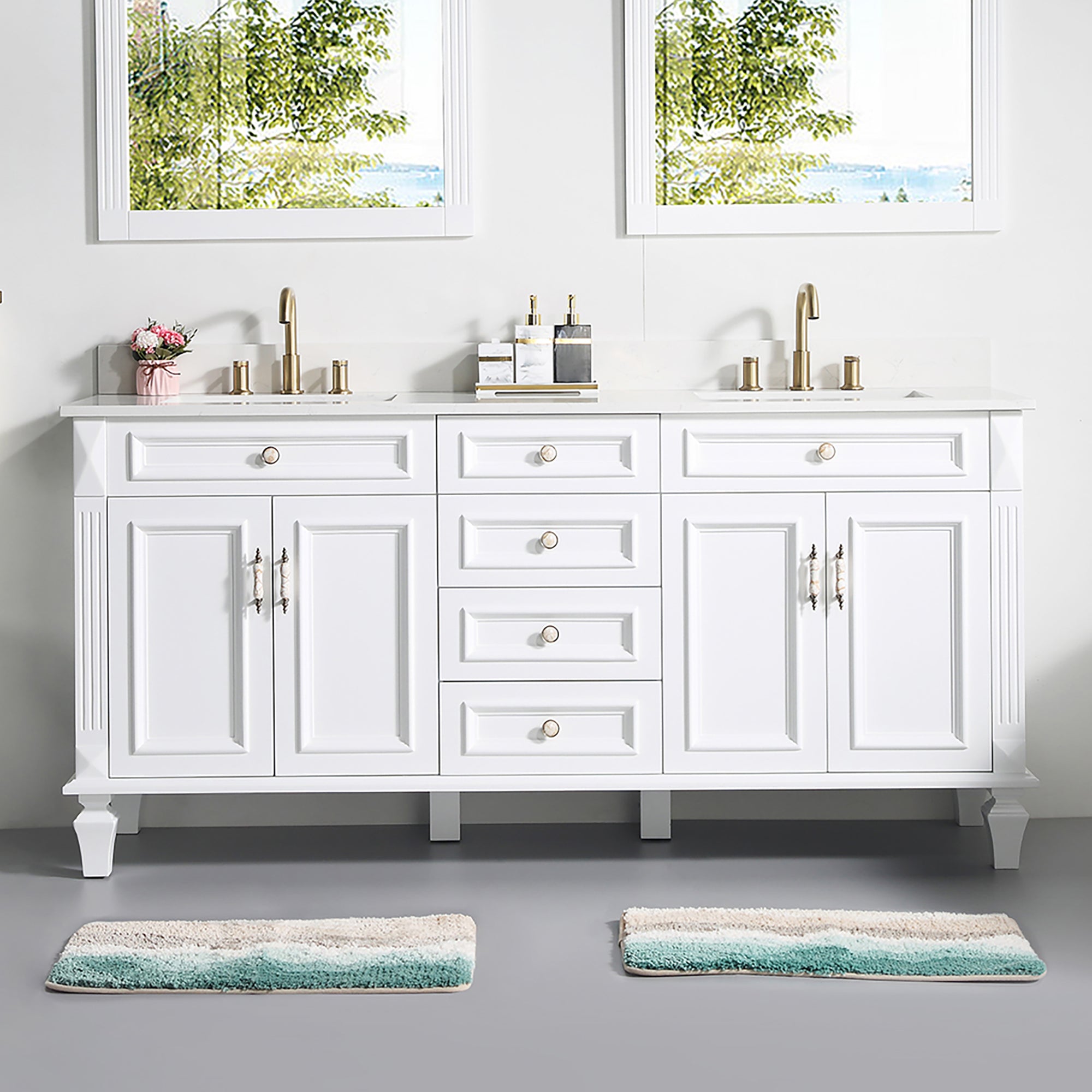
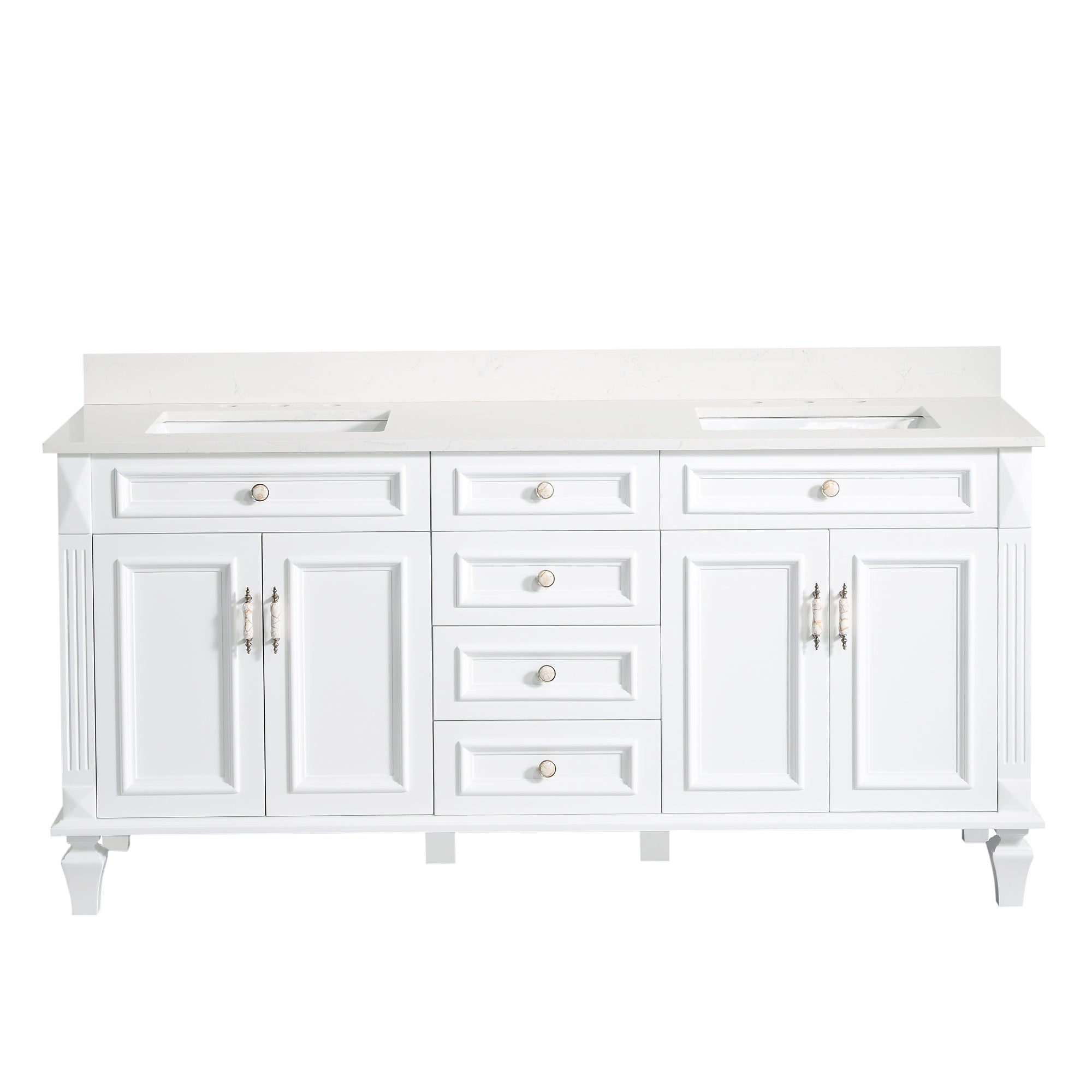
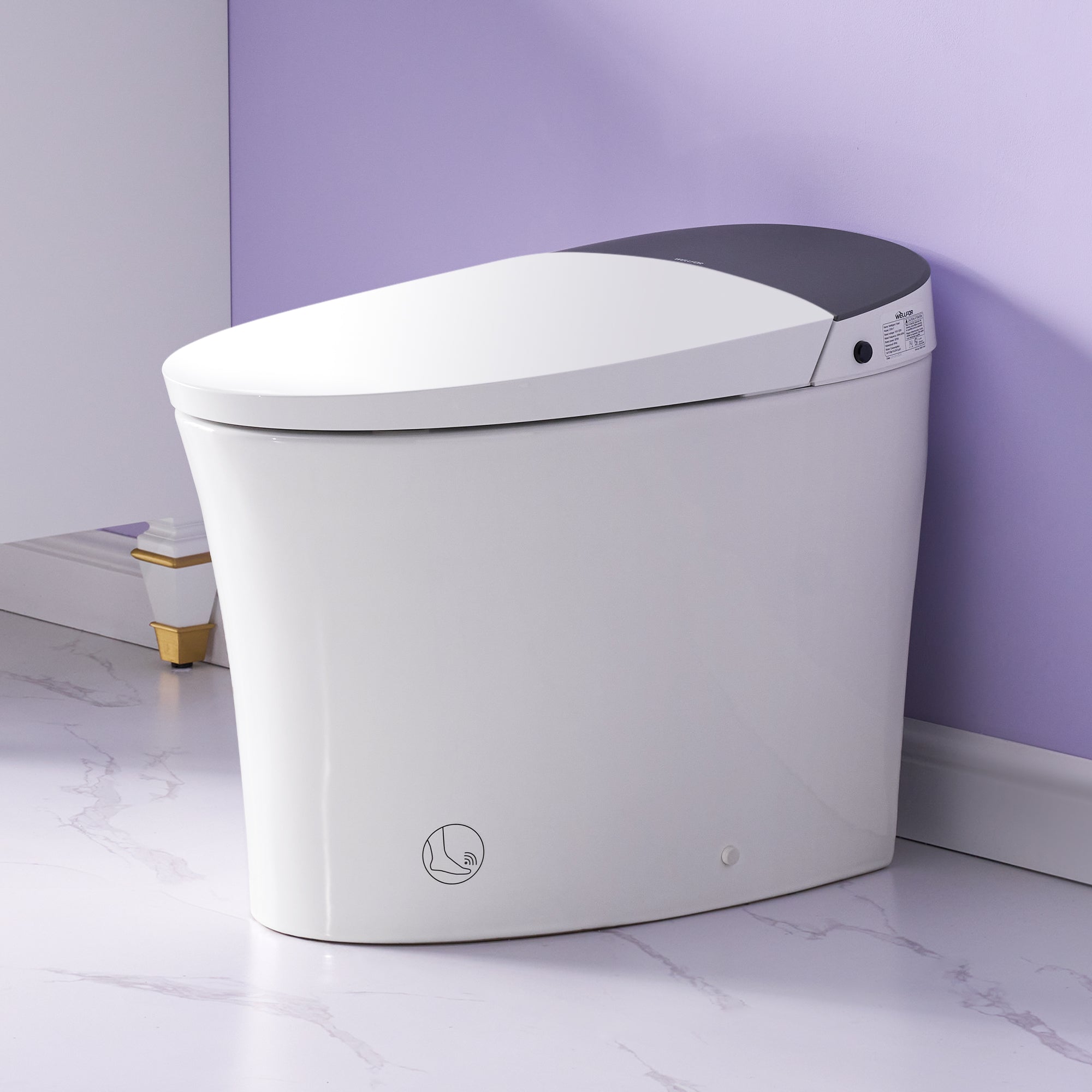
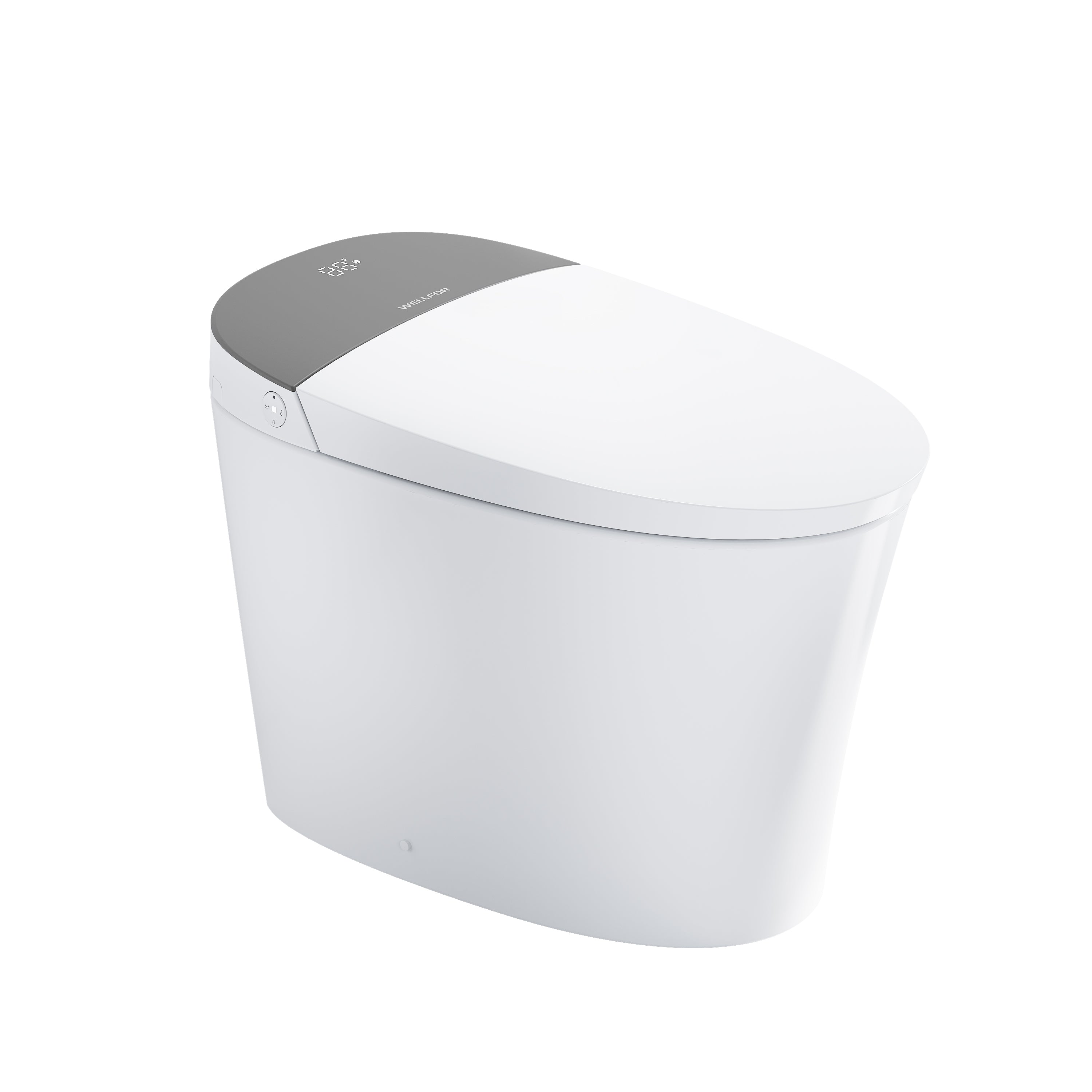

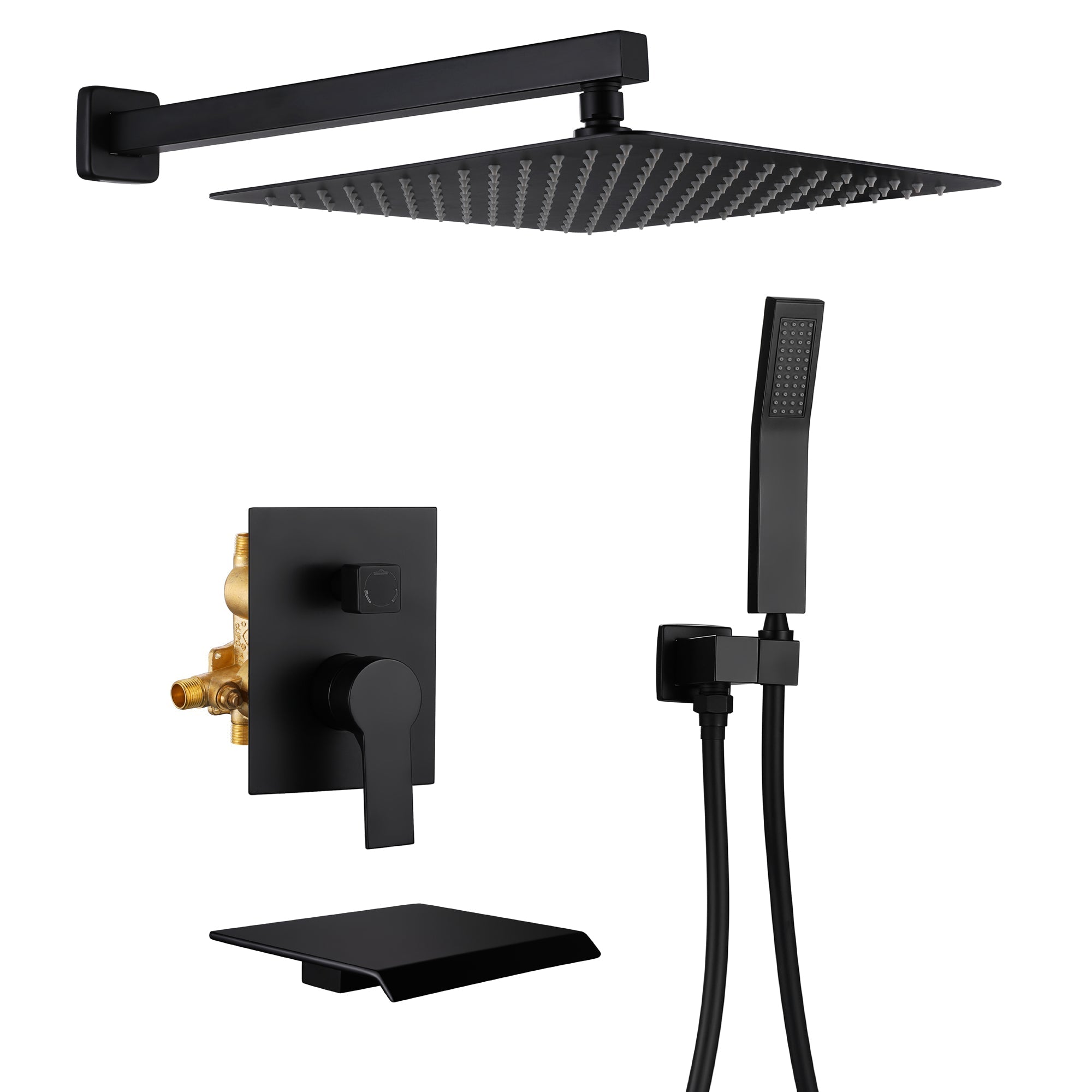
Leave a comment
This site is protected by hCaptcha and the hCaptcha Privacy Policy and Terms of Service apply.